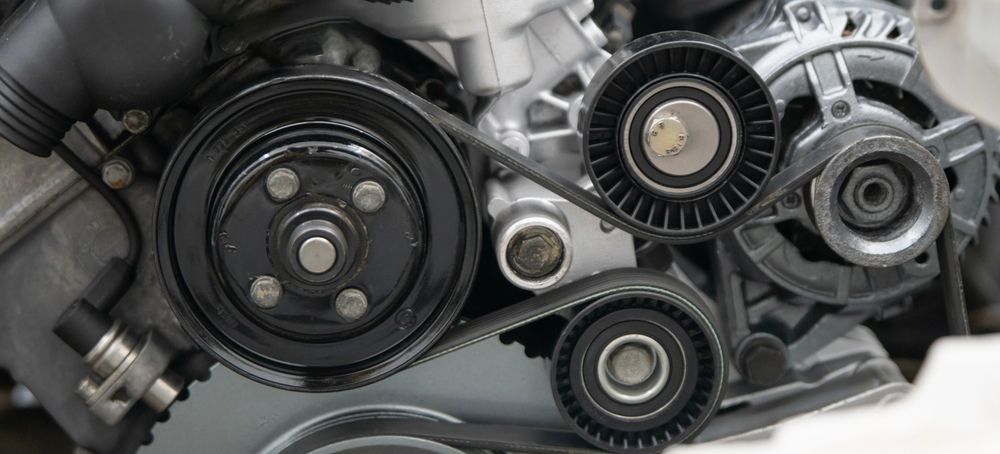Timing Belts vs. Timing Chains: What Every Driver Should Know

Your vehicle’s engine relies on precise timing to operate smoothly, and this depends heavily on either a timing belt or a timing chain. At Poston Motor Company, we help you understand the differences, maintenance needs, and signs it’s time for service.
What Is a Timing Belt?
A timing belt is a rubber belt with teeth that synchronizes the rotation of the crankshaft and camshaft, ensuring the engine’s valves open and close at the right times.
When Should You Replace a Timing Belt?
Timing belts typically need replacement every 60,000 to 100,000 miles, depending on the manufacturer’s recommendations. Failure to replace a worn belt can lead to severe engine damage.
What Is a Timing Chain?
Timing chains perform the same function as belts but are made of metal links, similar to a bicycle chain. They are usually more durable and designed to last longer.
Signs of Timing Chain Problems
- Rattling noise from the engine
- Engine misfires or runs rough
- Check engine light comes on
- Poor fuel economy
Though timing chains last longer, they still require inspection and occasional maintenance.
Timing Belt or Timing Chain: Which Is Better?
Each system has pros and cons:
- Timing Belts: Quieter and lighter but require regular replacement.
- Timing Chains: More durable but can be noisier and more expensive to repair.
Your vehicle’s make and model determine which system it uses and the recommended maintenance schedule.
Expert Timing Belt and Chain Service at Poston Motor Company
Whether your vehicle has a timing belt or chain, our technicians provide thorough inspections, replacements, and repairs to keep your engine running smoothly and prevent costly damage.
Contact Poston Motor Company today to schedule your timing system check and protect your engine’s health!
